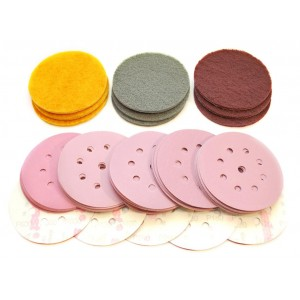Bend It, Curve It, Twist It, Round It, Shape It…
Need a curved backsplash or solid surface countertop, a rounded shower stall, or a tub with a recessed soap dish or shampoo holder? Have you come against a situation where you need to bend solid surface materials around an odd corner or curved wall? Or perhaps you want to set your creative juices to work on a flowing design that includes free-form waves or columns? …No problem. Thermoforming is your answer!
What’s Thermoforming?
In the simplest terms, thermoforming is a process of heat-shaping synthetic material. And one of the greatest advantages of many solid surface materials is their ability to be heat-shaped in relatively few steps.
Innovative solid surface materials like Corian®, LG HI-MACS®, Samsung Staron®, Wilsonart™ Solid Surface, Formica™ Solid Surface, Hanwha Hanex®, Avonite®, Meganite, and Mystera (to name a few) now offer the greatest flexibility (excuse the pun!) to make your creative vision come to life. What was once a complicated and time-consuming process through the carving, chiseling, or steaming and bending of materials like stone, granite or wood, is now made easier. Flexible when heated, these solid surface materials can be thermoformed into many shapes. With the proper heating elements and molds—dictated by the size and outcome of the project you are attempting—you can now bend, curve, twist, round-out and shape many solid surface materials into the desired contour within minutes.
People Prefer Curved Contours…
Incorporating curved features into your designs can even result in a boost in the desirability of your product. As it turns out, flowing curves are just as aesthetically pleasing and desirable in man made designs as they are in our natural environment… and science has proven it. In a study conducted at Harvard Medical School1, it was discovered that people gave visual preference to items with curved contours over sharp-angled contours.
What does this mean for you? Introducing curved contours into your work and surrounding environment can directly influence the preferences, first impressions, or overall comfort of anyone who sets eyes upon it!
Ready to start bending, curving, twisting, rounding, or shaping?
Check out the details of how to get it done and read more about the technical application of thermoforming in our “Working With Solid Surface Guide – How to Thermoform Solid Surface”. Pay particular attention to the one-of-kind thermoforming table contained within—the only resource of its kind where you can find comprehensive specifications for nearly every kind of solid surface material that exists at this time.
We look forward to hearing about your curved creations and experiences in the comment section below.
References
1 Bar, M., & Neta, M. (2006). Humans prefer curved visual objects. Psychological Science, 17(8), 645-648.


